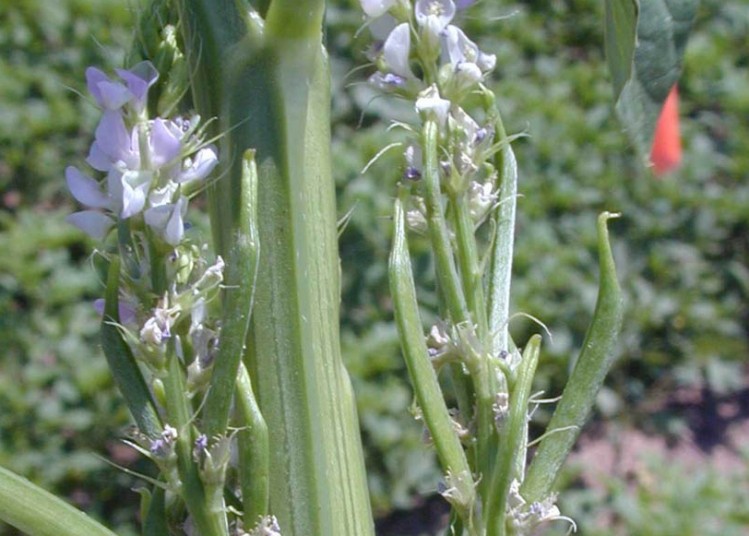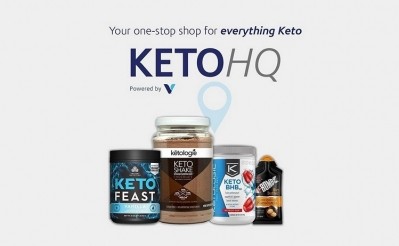Special edition: Weight management
Popular diets could create opportunity for fiber ingredients

As consumers seek to address weight management issues, some developers of diet plans have looked to the past for a road map to the best way to eat in a healthy fashion without gaining weight. One idea that has come to the fore has been to limit carbohydrate intake, with the idea that in the modern food system, carbohydrates have become relatively speaking so cheap that many consumers’ diets are awash with them. And many of these carbohydrates are in simple form, making them problematical because of their propensity to promote the development of insulin resistance.
Diets that cut things out
The Paleo diet has users stick primarily to meat or fish for protein and vegetables for energy and nutrient density, with a very low carbohydrate intake coming in the form of nuts and fruits. In the strictest forms of the diet, grains are excluded.
One aspect of ancient hunter gatherer eating styles, which the Paleo diets purport to emulate, is what by modern standards is an extremely high fiber intake. Microbiome researcher Jeff Leach, PhD, has been conducting a multi-year observational study of the Hadza people in Tanzania, some of whom still live and eat in a traditional manner. One thing Leach found is that these people are often consuming fiber in the form of unprocessed plant stuffs well in excess of what’s recommended as target intakes for consumers in the developed world.
Along with the popularity of Paleo diets are ketogenic diets that claim to promote the burning of fat as the body’s energy source. Key to achieving this, according to promoters, is restricting carbohydrates, which the body would preferentially turn to before resorting to breaking down fat. Another diet that is gaining traction is the FODMAP diet, which seeks to limit the intake of certain carbohydrates like lactose, fructose and galactooligosaccharides whose breakdown products can irritate the guts of sensitive individuals. While these concerns apply primarily to suffers of Irritable Bowel Syndrome and other gut inflammatory conditions, much like what happened in the gluten free craze, some consumers have started to believe that eating in this way is generally healthier for anyone.
Where’s the fiber?
The issue with all of these diet plans is that fiber intake can fall by the wayside. While high in digestible carbohydrates, grains in their whole form offer intrinsic fiber as a built in benefit, and without them, hitting adequate fiber intakes can be a challenge.
“The type of diets that are popular have changed over the years, and now we have diets that are high in protein and low in carbohydrate. Fiber is a subset of carbohydrates. Even in ‘normal’ diets people are already only consuming 15 to 18 grams of fiber a day. Recommended intakes are about 25 to 38 grams a day, so we are not quite hitting that already,” said Derek Timm, technical sales director for Taiyo.
Adding the fiber back in
Taiyo offers a well-researched soluble fiber ingredient called Sunfiber, which is a form of guar gum. The virtually tasteless powder ingredient can be easily added to smoothies and prepared foods.
“Where the supplemental fiber comes in is you can easily incorporate that in your diet in the form of a protein shake or what have you without adding many additional calories,” Timm told NutraIngredients-USA.
“In some restricted diets such as a low-FODMAP diet, fiber intake may be lower than recommended. Restricted diets often exclude entire food groups or limit the selection of foods within a food group. If an individual is following a weight-loss diet that is low in fiber, fiber supplements or fiber-fortified foods may be necessary to meet daily fiber recommendations,” said Maria Stewart, clincal research lead in global nutrition R&D for Ingredion.
Ingredion offers a wide range of fibers for use in foods and supplements under brand names like Versafibe, Bioligo and Nutraflora. The company’s ingredients cover the waterfront from soluble fibers to insoluble fibers and resistant starches.
“Healthy eating and weight management should not be about deprivation and crash dieting. A high fiber, healthy diet is beneficial as part of a lifestyle modification program for weight management. With that being said, fiber has no magical fat burning properties. Fiber can help a person feel full without adding a lot of extra calories to one’s diet. Fiber is a low-calorie nutrient; so many fiber fortified foods have lower energy content than non-fortified foods. For example, resistant starch can replace refined wheat flour in some applications and reduce calories by 40%,” said Patrick Luchsinger, marketing manager for Ingredion’s nutrition division.
Promotion of satiety
Fiber provides a number of gut health benefits. These include balances the microbiome, supplying beneficial breakdown products such as short chain fatty acids and promoting more rapid transit times and more efficient elimination. But fiber can also have a role directly in weight management via the promotion of satiety. Some experts have questioned whether consumers who report they feel more full actually go on to take in fewer calories over the course of a day or week. But Stewart says recent research is starting to give that assertion a more solid footing.
“Clinical trials have demonstrated that some types of fiber increase satiety and reduce appetite, which are keys to a successful weight management program. Some short-term studies have also reported reduced food intake later in the day, after consuming a high fiber meal or snack,” she said.
“Long-term studies on fiber and weight management are less conclusive due to the challenges of chronic diet changes and compliance. A recent systematic review and meta-analysis (pooled analysis of 12 clinical trials) reported that soluble fiber significantly reduced body mass index and body weight in overweight and obese individuals[1]. The fibers administered in the studies included fructooligosaccharides and galactooligosaccharides,” Stewart added.
Scott Smith, Taiyo’s vice president, said the tolerability of some isolated fibers can be an issue. Purveyors of isolated fibers often mention that gas, bloating and cramping could be side effects of starting a new, high fiber dietary regime. With its long development cycle on Sunfiber, Smith said Taiyo has gotten a handle on these, making it a well tolerated ingredient and one that is very low on the FODMAP inflammation scale.
“For some fibers, the satiety benefits come from rapid fermentation in the gut. You almost get a blocking effect. Sunfiber doesn’t have that rapid bloating effect. It has more of a normalizing effect,” Smith said.
















